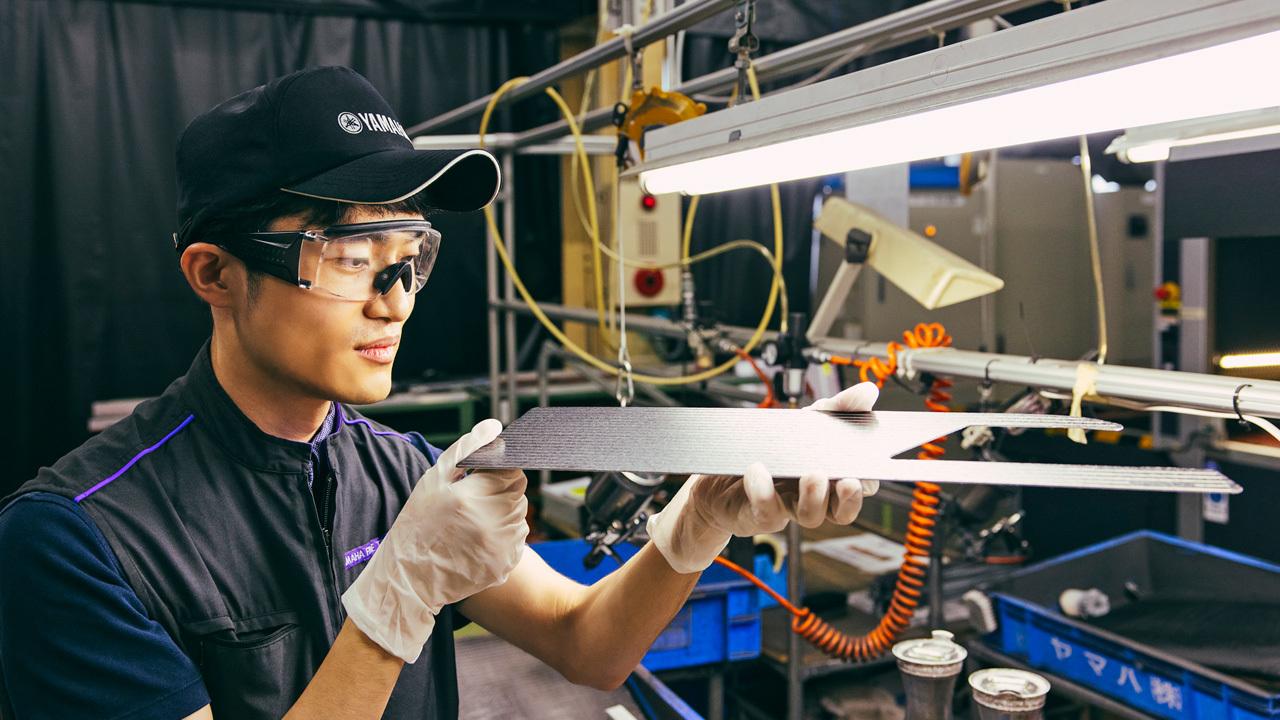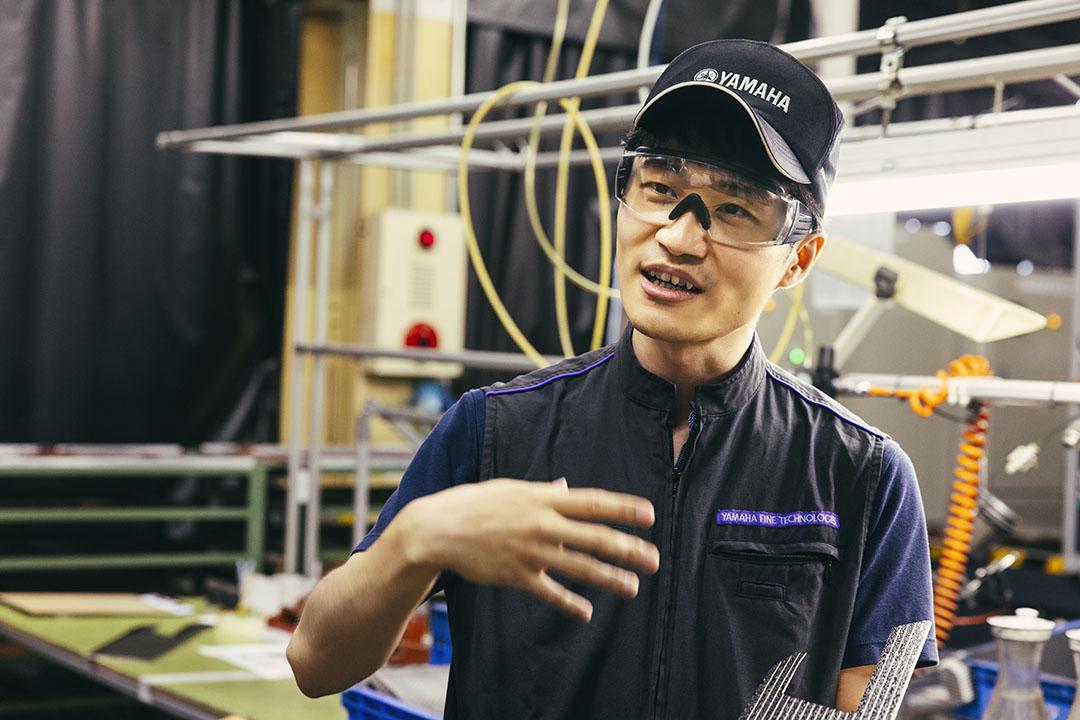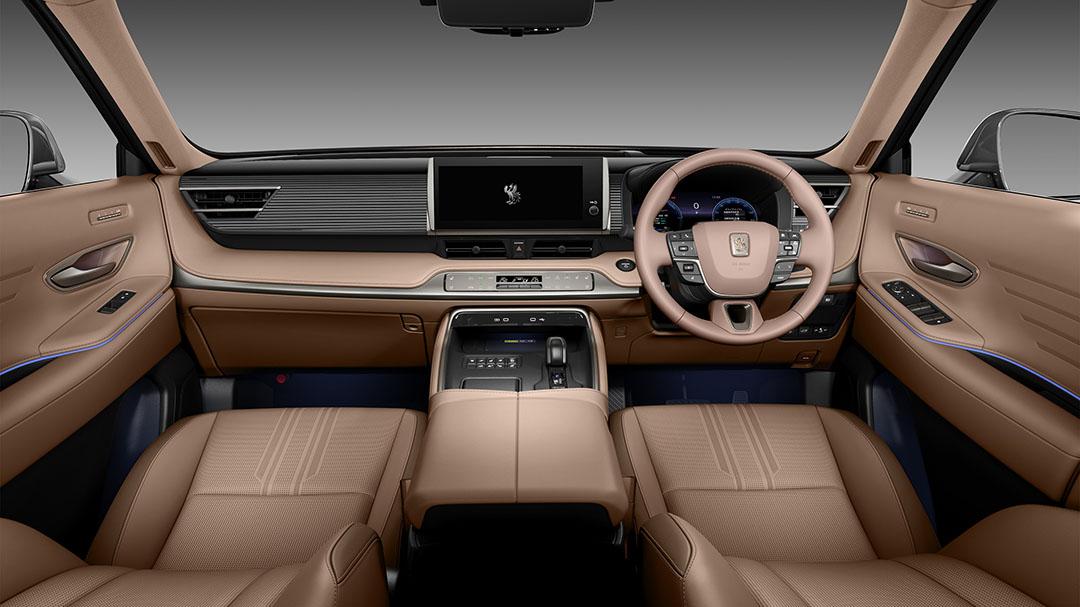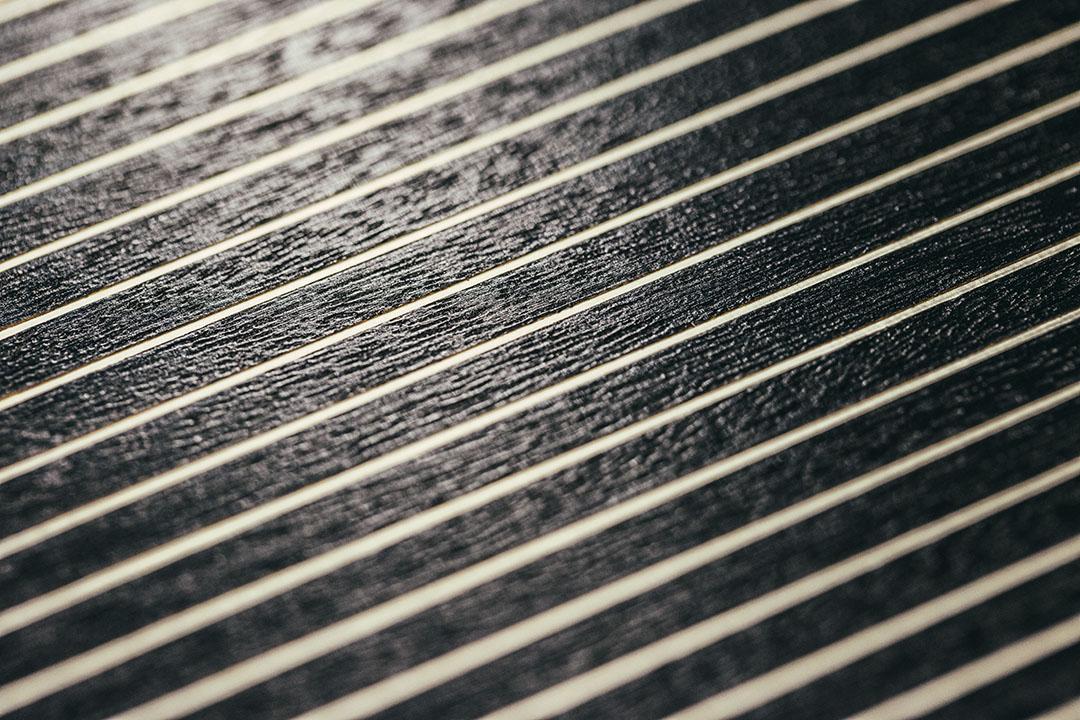
This is an ongoing series looking at the master artisans supporting the automotive industry. Here, in Part 2 of the 17th installment, we hear from the master decorative engineer behind the new Century's beautiful wooden panels.
Bringing “luxurious simplicity” to life
So, what was it about the mock-up that made Ubukata feel the project would be challenging?
The answer stems from the very concept itself—comfort and convenience through luxurious simplicity—which presented two main issues: the physical properties of the materials—such as strength and durability—and the aesthetic aspects.

Ubukata
Starting with physical properties, I proposed a timber called sapele for the decorative surfaces based on the new Century’s concept of luxurious simplicity. Instead of bold, prominent patterns, the neat, straight grain has a simple yet refined feel.
Generally, in-car decorative panels are coated with a high-gloss finish, similar to the sheen of a piano body.
Recently though, there has been greater interest in an open pore style that deliberately showcases the unique textures of natural wood as a design feature. For the Century, we also opted for this approach to bring out the sapele’s elegant lines.
Unlike the thick coats of a high-gloss finish, an open pore coating is much lighter, making the piece more delicate in turn. Our challenge was to meet the requirements for durability against scratches and other damage, as well as weathering, including discoloration caused by sunlight and temperature fluctuations.


Ubukata says he had never attempted an open pore finish on the straight-grained sapele before. As such, attaining the required properties turned into an ongoing process of trial and error.
Nevertheless, thanks to ingenious solutions devised at every step, Ubukata ultimately achieved physical properties on par with a high-gloss finish.

